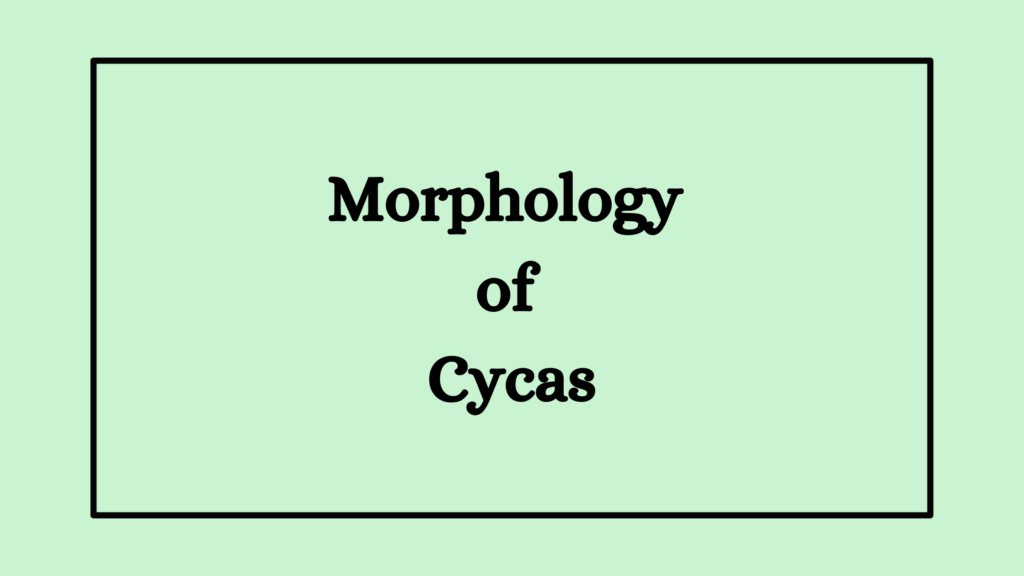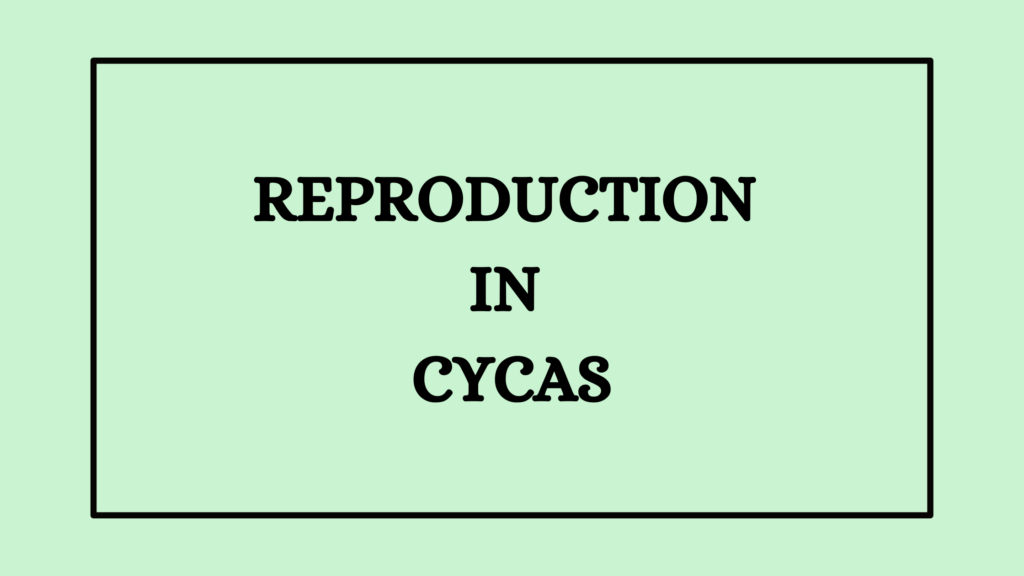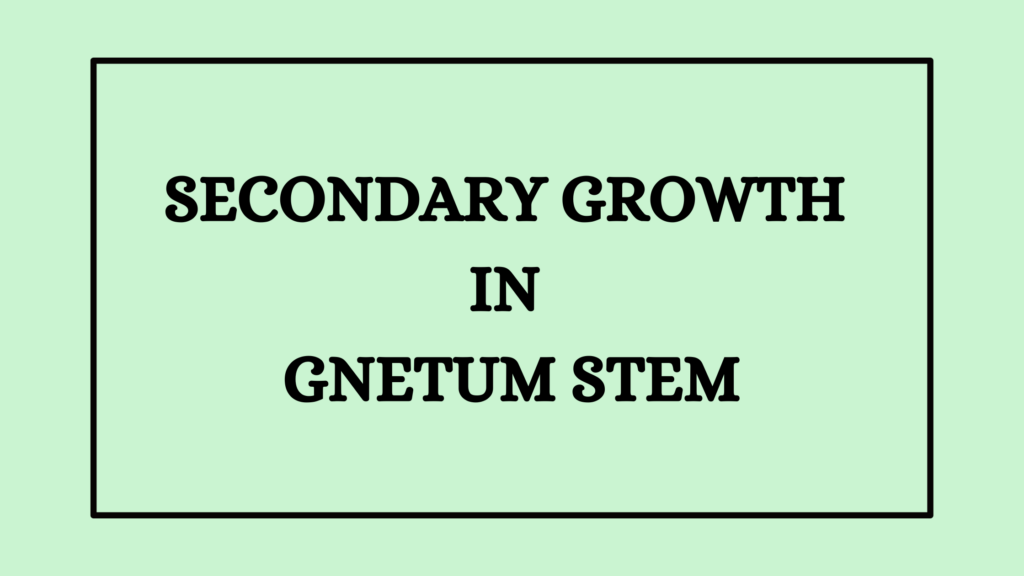Life Cycle of Gnetum
The life cycle of Gnetum shows an alternation of generations between the diploid sporophyte and haploid gametophyte. The independent Gnetum plant is a diploid sporophyte. It is monoecious that produces male and female cones on separate plants.
The male plant bears the male cone that produces microsporangia. The microsporangia contains microspore mother cells that produce haploid microspores. Similarly, the female cone produces ovules that bear megaspore mother cells which will produce haploid megaspores or egg cells.
The haploid megaspore develops a female gametophyte while the microspore develops a pollen tube which will help carry the male gamete to the egg cell. One of the male gametes in the pollen tube fertilizes the egg cell to produce the diploid zygote. This marks the end of haploid generation and the formation of the first cell of diploid generation.
Development of Embryo in Gnetum Seed
The zygote first develops an embryonal mass with tube-like structures. This mass is called proembryo which will grow into an embryo. There may be more than one embryo but only one survives and the others degenerate. When the embryo is fully formed, the ovule is transformed into a seed with a hard coat and fleshy inside.
The seed germinates under favourable conditions to form a seedling. The seedling grows into a Gnetum plant which will be the next diploid sporophytic plant.
The diploid zygote is the first cell of sporophytic generation in Gnetum. This zygote develops inside the ovule. There is a great variation in the germination of the zygote in different species of Gnetum. The variations in the development of embryos in Gnetum seed are listed below.
- Zygote swells and divides by free nuclear division.
- The zygote enlarges and divides to form a double-celled proembryo. The upper cell functions as a suspensor while the lower cell becomes the embryonal cell.
- The zygote may develop one or more tubular protuberances. One that carries the embryo survives and the rest of them degenerate, Later on, septa appear and become a multicellular structure. Soon, it will develop a primary suspensor tube which organises the embryo cells at the tip.
- In some cases, the zygote divides into two cells. Each of these cells forms a primary separate suspensor tube. These tubes mat branch and produce many suspensor tubes which grow in different directions.
- In the final type or zygote germination in Gnetum, the zygote divides into a multicellular structure. Each cell elongates to form an unbranched uninucleate and separate suspensor tube. The terminal portion of the tube forms a peculiar type of cell. It will form an embryo.
In most cases, usually, the terminal portion of the suspensor tube forms a mass or proembryo. A few cells of this mass that are lying towards the primary suspensor elongate to form a secondary suspensor. The cells lying at the terminal end of the suspensor form the embryo proper. This type of embryo development is seen in G.gnemon.
In G.ula, the nucleus of the suspensor divides to form two unequal nuclei. The smaller one gets surrounded by a wall and forms a peculiar cell. This peculiar cell gives rise to the embryo proper. Finally, the embryo gets differentiated into a radicle, plumule, and two cotyledons, similar to angiosperms. The plumule lies at the apex in between the two cotyledons and the radicle lies towards the opposite side of the embryo.
The embryo of Gnetum is characterized by a hump formation of the feeder from the hypocortinary region. Even though Gnetum seeds show polyembryony, only one embryo attains maturity and the rest degenerate.
Structure of a Mature Gnetum Seed
At maturity, the ovule is transformed into an oval-shaped sed in green or red colour. It undergoes the following changes.

- The outermost layer or perianth persists in the seed and provides a green or red colour to the seed. These parenchyma cells are fleshy but remain free from the base to the apex of the seed.
- The outer integument grows above the outer layer of the envelope and surrounds the micropylar tube to form a hard protective covering.
- The inner layer remains fused to the nucellus, up to ⅔ of its egg. The free part of cells encircle the nucellar cap and project beyond the nucleus.
- The nucellus becomes thin and remains in the form of a thin strip around the upper part of the endosperm.
- The endosperm remains fleshy and becomes the kernel of the seed.
- The centre part is occupied by a single dicotyledonous embryo which has a persistent feeder.
Alternation of Generation in the Life Cycle of Gnetum
The haploid and diploid generations of Gnetum are morphologically different. Thus in the life cycle of Gnetum, it is said to have a dimorphic type of alternation of generation.
References
- Abraham P C. Bryophytes, Pteridophytes, Gymnosperms & Paleobotany. 2000. St. Mary’s Books & Publications.
- https://uou.ac.in/sites/default/files/slm/MSCBOT-503.pdf




